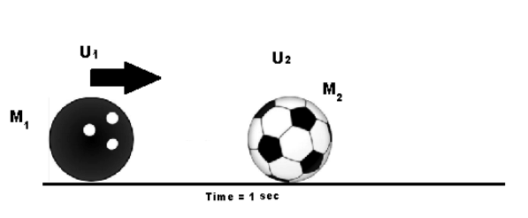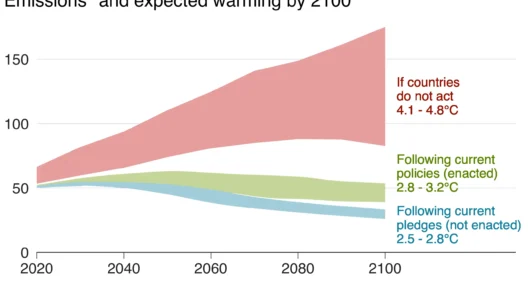Extreme weather phenomena have become increasingly prevalent in recent years, presenting an astonishing yet alarming picture of our warming world. Among the most peculiar manifestations of this climatic upheaval is the occurrence of snow in summer, a phenomenon that hitherto seemed primarily confined to the depths of winter. This article delves into the curious concept of summer snowfalls, exploring the science behind this anomaly, the implications for ecosystems, and the broader narratives of climate change.
Firstly, it is essential to understand the climatic conditions that facilitate snowfall during the summer months. In general, snow forms when atmospheric conditions permit a drop in temperature below freezing, causing precipitation to crystallize into snowflakes. While it might seem implausible for snow to fall amidst the warmth of summer, certain environmental conditions can lead to this extraordinary event. For instance, localized weather patterns such as cold fronts or unseasonably low temperatures can create pockets of cold air capable of supporting snow formation, even when surrounded by warmer air.
Additionally, geographic factors, such as altitude and proximity to mountains, play critical roles. Mountainous regions are particularly susceptible to phenomena known as altitude-induced cooling, whereby temperatures can drop considerably even during the summer season. Notably, areas like the Rockies or the Alps can experience brief episodes of summer snow due to their elevations and unique weather systems, where warm summer days give way to unexpectedly cold nights.
The phenomenon of summer snowfall has been documented in various parts of the globe, leading to quite an array of consequences, both immediate and long-term. When observing the environmental aftermath of these rarities, it becomes evident that even transient weather patterns can disrupt local ecosystems and wildlife behaviors. For example, snow in summer could adversely affect plant life that has already begun its growth cycles. Delicate flowering species may become confused by the return of cold conditions, which can lead to stunted growth or, in some cases, the untimely death of flora.
Moreover, the reaction of fauna to unexpected summer snowfall can alter food chain dynamics as well. Animals that rely on specific seasonal cues may struggle to adapt to abrupt changes. Species such as bears and squirrels, which typically prepare for seasonal hibernation or foraging in the summer, may find it challenging to navigate through unusual weather patterns, leading to potential population declines.
A point of concern arises when considering how climate change exacerbates these kinds of weather phenomena. Global warming has led to an increase in the frequency and intensity of various weather events. As average temperatures rise, we may experience more significant contrasts in weather conditions, where a warming planet can coexist with instances of winter-like conditions in summer. The juxtaposition of warm and cold is not merely a philosophical inquiry; it reflects the chaotic reality we face with climate alteration.
Perhaps one of the most intriguing aspects of summer snowfalls is their reflection of broader climatic trends. Particularly in the context of climate change, occurrences of snow during traditionally warm periods can serve as harbingers of a destabilized climate system. The increasing unpredictability of weather patterns may suggest a shift in climatic norms, ushering in an age of erratic and unforeseen events.
Spectacular as these phenomena may be, they also unveil the sobering reality that our climate is not simply warming; it is undergoing radical alterations that could profoundly affect both human societies and natural environments. Agricultural practices, for instance, may need to adapt to these new patterns. Farmers are faced with uncertainty as atypical weather might influence planting and harvesting schedules, bringing about food security concerns worldwide.
Furthermore, societal responses to unusual weather phenomena must incorporate a reflection on resilience and adaptation. Communities prone to seasonal snowfall must prepare strategies that embrace these erratic seasons as an evolving aspect of their climate. Such adaptation includes creating more robust infrastructure and resources to address sudden snowfall, ensuring that emergency services and local ecosystems remain aligned with the expectations of such unpredictable weather.
As we contemplate the future implications of summer snowfall and other bizarre weather patterns, it becomes crucial to foster awareness of the interlinkage between climate change and extreme weather phenomena. The narrative transcends mere fascination; it demands a call to action. Local, national, and global leaders must prioritize sustainability initiatives that address climate change head-on while encouraging educational campaigns aimed at informing the public about the science underlying these phenomena.
In conclusion, the occurrence of snow in summer not only exemplifies the uncanny effects of a warming world but also serves as a clarion call for urgent action against climate change. As these bizarre weather events increase in frequency and intensity, it is our collective responsibility to understand the science behind them, adapt our practices accordingly, and advocate vigorously for sustainable policies that protect our planet for future generations. The intersection of surprising meteorological events and climate change offers both a cautionary tale and an opportunity for reflection on our environmental stewardship.








